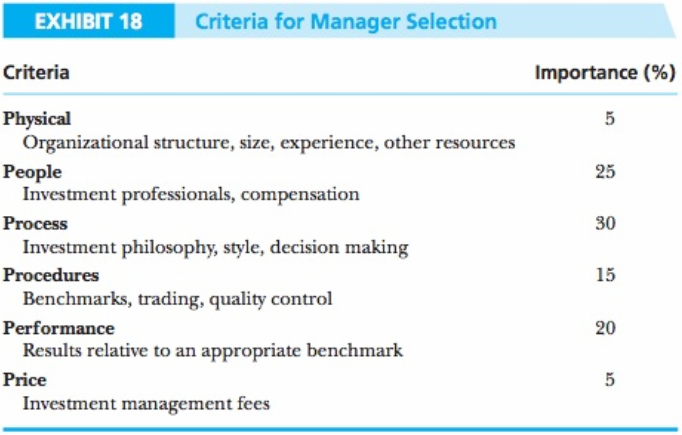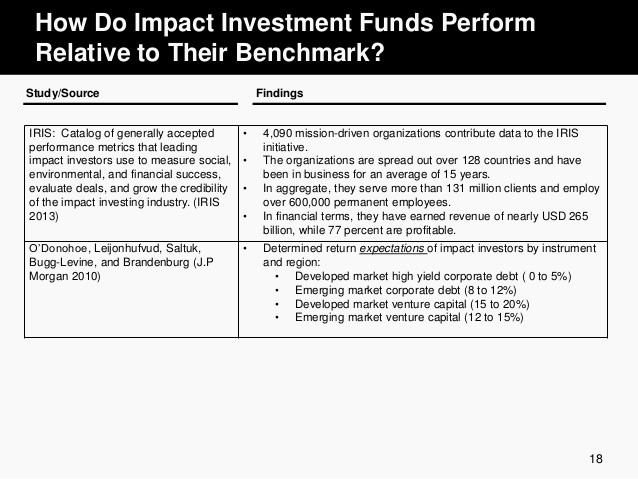Advanced Investing – Evaluating & Benchmarking Investment Returns
Post on: 11 Май, 2015 No Comment

Michael Passante | 02-11-2015
As an investor, choosing an appropriate mix of investments in your portfolio depending on your risk tolerance and desired rate of return is only the beginning of the work. Investing is an ongoing process of evaluating the performance of these investments to assess how they are working together to help you progress to your goals.
Generally speaking, progress means that your portfolio is steadily increasing in value over time. After all, making money is the goal of investing. But how does one evaluate the total progress? To assess how well your investments are doing, you’ll need to consider several different methods of measuring performance. The performance of each particular investment and your entire portfolio in general should be compared to its peer group, or benchmark, depending on how risky that investment may be.
When people refer to the stock market’s performance, they’re actually referring to the performance of a broad index, such as the S&P 500 or Dow Jones Industrial Average. These indexes are representative of the overall direction of the market as a whole and are the most commonly quoted benchmarks amongst news agencies. They measure the performance of a basket of holdings. For example, the S&P 500 Index tracks the stock price of 500 large publicly traded companies. The S&P 500 is widely referred to as the default benchmark for stock investing. Investors use these indexes as benchmarks to see how combinations of investments measure up to the performance of their own portfolios. However, that does not necessarily mean you should evaluate your own portfolio relative to these indices.
When measuring the performance of your own portfolio, you’ll want to be sure you compare the returns of your investments to the appropriate benchmarks. Finding and applying proper evaluation standards for your investments is important because under the wrong circumstances it could lead you to false conclusions and force you to make the wrong decisions. For example, you won’t want to compare the performance of a large cap growth mutual fund to a mutual fund that owns a basket of Treasury bonds. They have completely different risk classifications and they do not fill the same role in your portfolio. Comparing these two investments would be like comparing apples to oranges.
So what benchmark should you use? If you want to know the right benchmark for a specific investment, the best way to evaluate returns is to compare it to the index that tracks similar investments. For United States large cap stocks, the benchmark most often used is the S&P 500 Index. For U.S. Small Company Stocks the appropriate benchmark is the Russell 2000 index. For international investments the benchmark is widely viewed as the MSCI EAFE Index. Lastly, for bond investments, the benchmark is the Barclays Capital Aggregate Bond Index.

Benchmarking individual investments can be good in certain environments where your portfolio isn’t performing up to expectations or the value of your account is slipping. The market could have a bad quarter in the midst of an upwardly trending market. Benchmarking these returns can provide valuable insight into whether your portfolio underperformed and a change is warranted, or whether it was broad
weakness amongst a number of asset classes that caused the drop in value. These are the moments when benchmarking can prove incredibly valuable because it can help investors make more educated decisions, rather than selling an investment simply because it went down in value. Short term results have the potential to be misleading if they are due to unusual one-time events that are not a fair representation of an investment’s performance over time. Measuring performance relative to benchmarks gives a broader, more elaborate picture about the investment landscape.
One of the most important principles to follow when tracking your investments is setting the right expectations. A percentage return that might be considered strong in one environment could be weak in another. Unfortunately there is no single, unchanging standard for the performance of stocks or bonds that indicates they should return a specific percentage each year. There is no reason you should count on the market to behave the same way in the future as it has in the past. That is why investing can be so complex! The returns are based on moving targets that are driven by the economic environment (both domestically and globally), interest rates, earnings, and taxes among other variables. The ever changing environment is why you should always be judging the performance of a portfolio against an appropriate standard.














